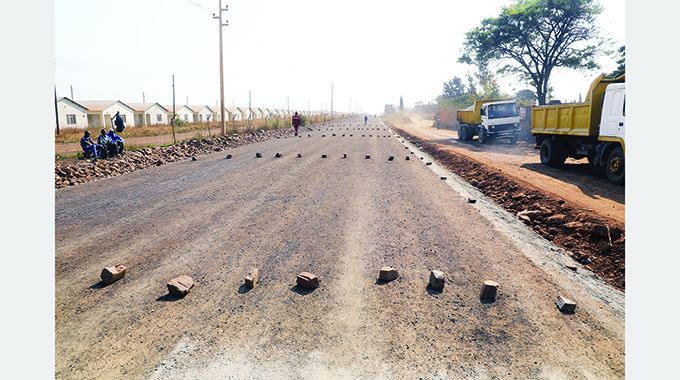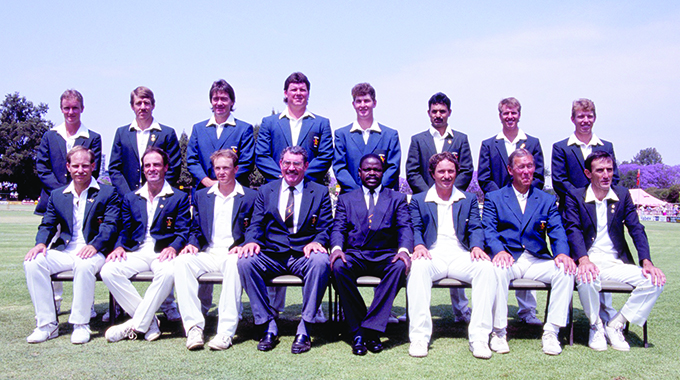Harmonisation of SADC traffic signs gathers momentum

Mandaza Chikarango
Herald Reporter
SADC has agreed on a common set of traffic signs and signals, so drivers in the region will be able to instantly recognise warning signs and the signs that order stopping, giving way, speed limits and the like, boosting safety and making regional travel simpler.
The Traffic Safety Council of Zimbabwe has now started the harmonisation of SADC traffic signs in some of the recently refurbished roads under the Emergency Road Rehabilitation Programme Phase 2.
In an interview, the TSCZ acting managing director Mr Clifford Gobo said they had identified Ganges Street in Ridgeview, south of the main Belvedere suburb, as a demonstration street where the new SADC traffic road signs will be installed in line with the newly adopted regional highway code.
Ganges street is the old runway for the Belvedere Airport that was reclaimed from the bush as a main road more than half a century ago as it was still in good shape. Wear and tear since then meant it finally needed fixing.
Ganges Road, 2,23km long, runs through Ridgeview and passes near ZESA National Training Centre, Harare Institute of Technology and Belvedere Technical Teachers’ College, so is more than a suburban road and is a main access to the colleges of technical education in Harare.
SADC countries have agreed to introduce uniform signage as a way of reducing road accidents caused by misintepretation of signs by drivers.
One feature about SADC signs is that most of them don’t have words.
They are pictorial signs, which means that any driver who comes from the other countries will be able interpret them correctly, regardless of what languages they speak or do not speak.
Mr Gobo said all damaged road signs will be replaced by SADC traffic road signs and all new signs will conform.
The harmonisation process started in 2016 when statutory instrument 41 of 2016 was enacted to direct all urban and rural district councils to start placing SADC traffic road signs. The transitional period is eight years and by 2025 all the road signs will conform to the SADC traffic road signs.
Currently several other roads countrywide, are being reconstructed or rehabilitated with some almost complete.
Another road, St Patrick’s, the main central east-west road through Hatfield that was in a terrible state, has also been completed and opened to traffic in Harare as the Government presses ahead with modernising the country’s road network.










Comments